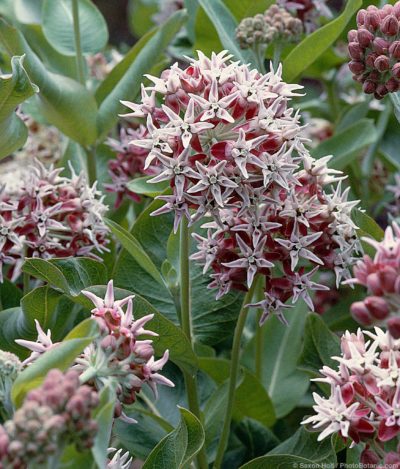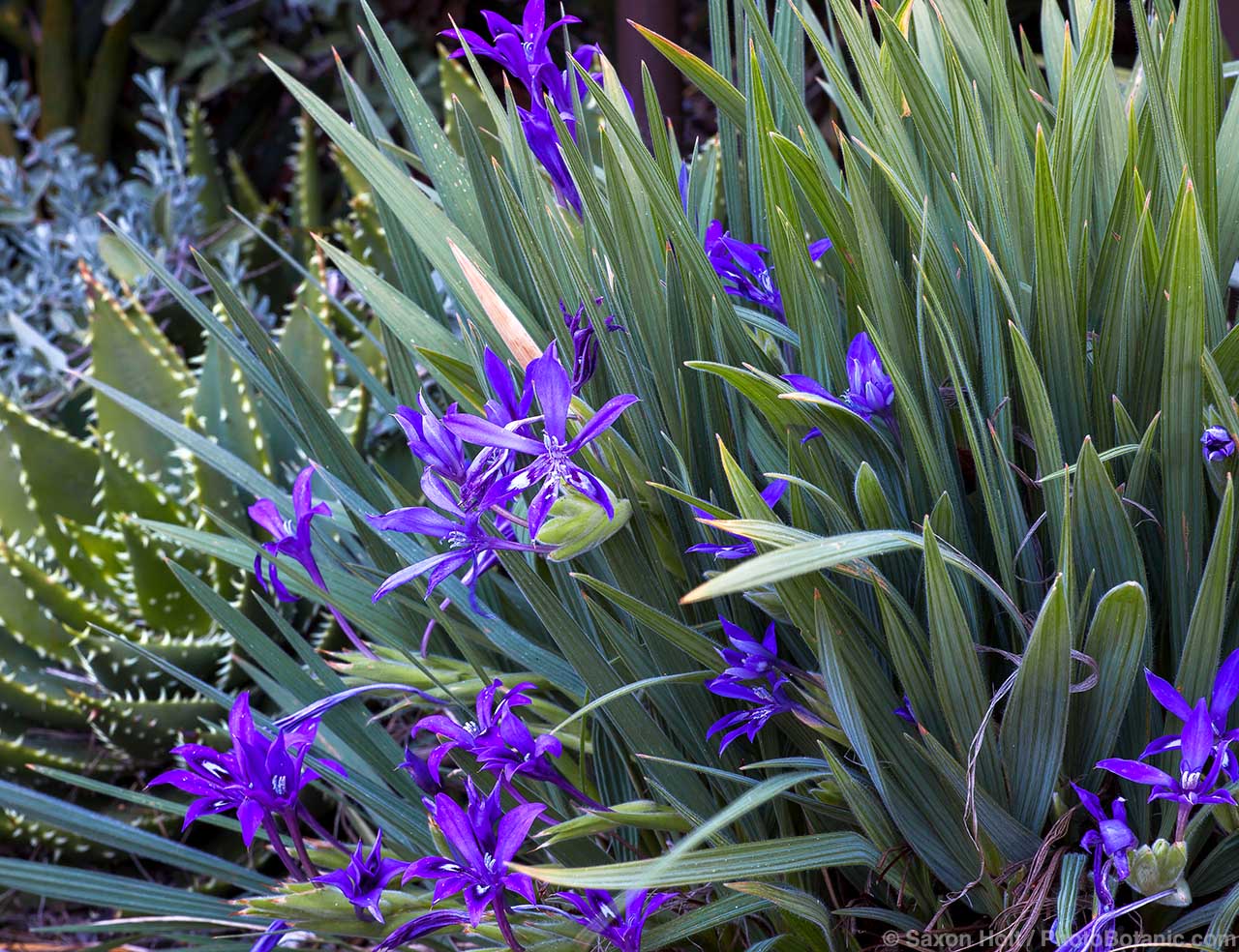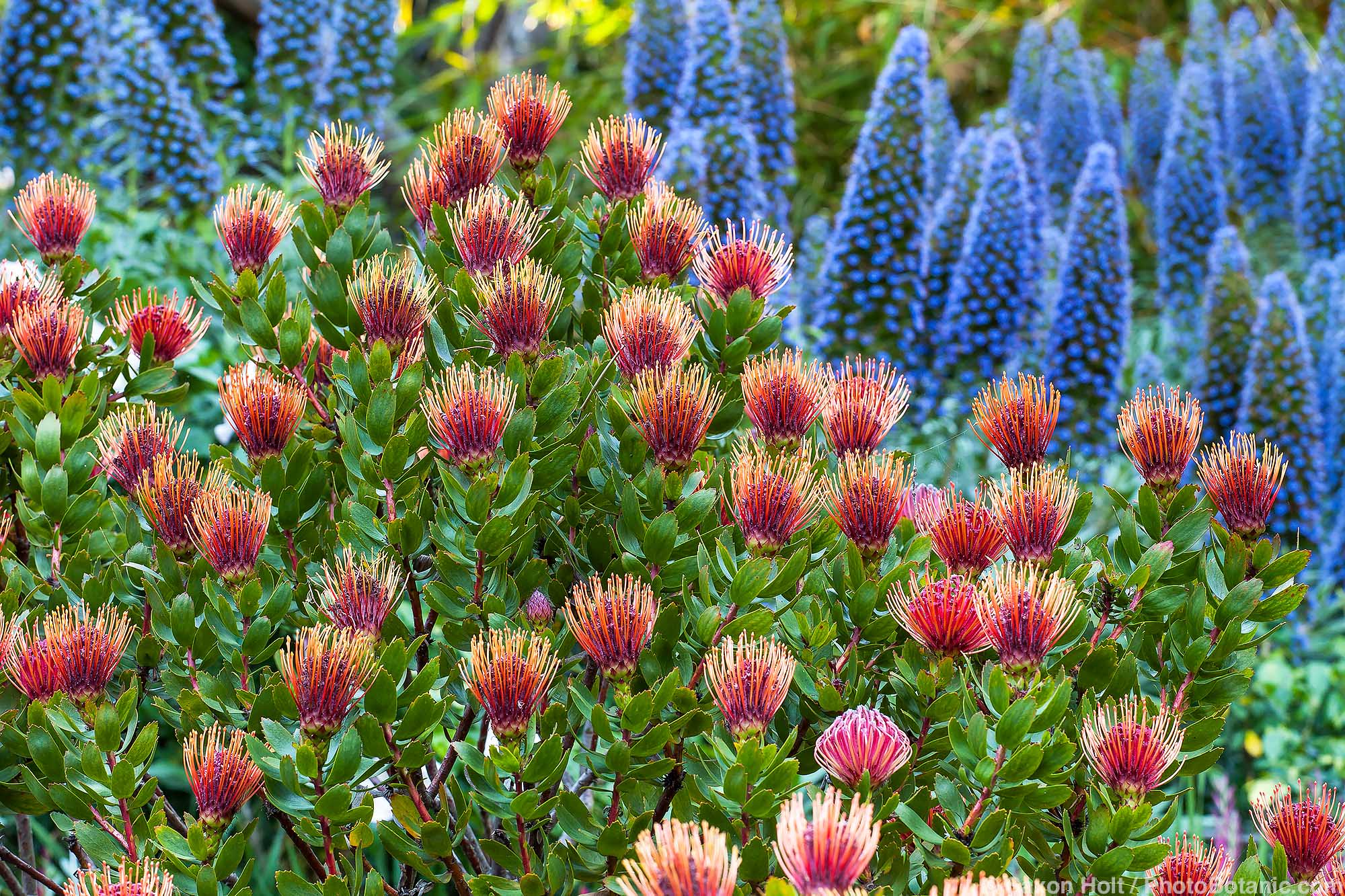The Merits of Milkweed

Share This!
Another great plant for habitat gardens, milkweeds (Asclepias species) support more than the critically endangered monarch butterfly. As most gardeners know, monarch caterpillars feed only on milkweeds, which contain chemicals that are toxic or unpalatable to most other insects, birds, and mammals. Monarch caterpillars, along with the juveniles of several other insects, are able to metabolize and sequester these chemicals, in the process making themselves toxic or unpalatable to predators.

Asclepias speciosa, showy milkweed, native to western North America
Hundreds of other insects visit milkweed flowers for their high-quality, prolific, readily accessible nectar, including native bees, honey bees, butterflies, wasps, and other important pollinators. Milkweed flowers also attract a wide range of beneficial insects that prey on or parasitize crop and garden pests. Planting milkweeds and other high-value nectar plants is a widely recognized strategy for both attracting pollinators and enhancing natural biological controls in agricultural and garden settings.
Birds, of course, also benefit from the insects attracted to milkweeds, and birds are a touchstone of ecosystem health. Insects are an important part of the diet of many birds, and many birds will nest only where the caterpillars of butterflies and moths are reliably available during the breeding season. Birds also help to control insect pests, an obvious benefit to both agriculture and gardeners.
Agriculture and habitat restoration professionals already understand the importance of milkweeds for pollination, pest control, and healthy ecosystem function. Many wholesalers supply bulk seeds that include seeds of milkweeds native to particular regions or locales. Some commercial sources of milkweed seeds and plants for home gardeners are beginning to follow suit.

Asclepias speciosa flowers
Research has shown that the best ecosystem results are obtained when milkweeds native to the region or local area are planted. The 72 species of milkweeds native to North America vary widely in their physical characteristics, including those that determine where they can best be grown and which insects can best make use of them.
It can be difficult to find some of the less common species, and especially seeds from documented local habitats, but milkweeds native to larger ecoregions are fairly widely available.
The Xerces Society publishes regional guides to the native milkweeds of North America. State- and county-level information on native and introduced species is available from the Biota of North America Program (BONAP) maps. Native plant societies also can help.
Share This!
Related Articles
By: Nora Harlow
By: Nora Harlow
By: Nora Harlow





